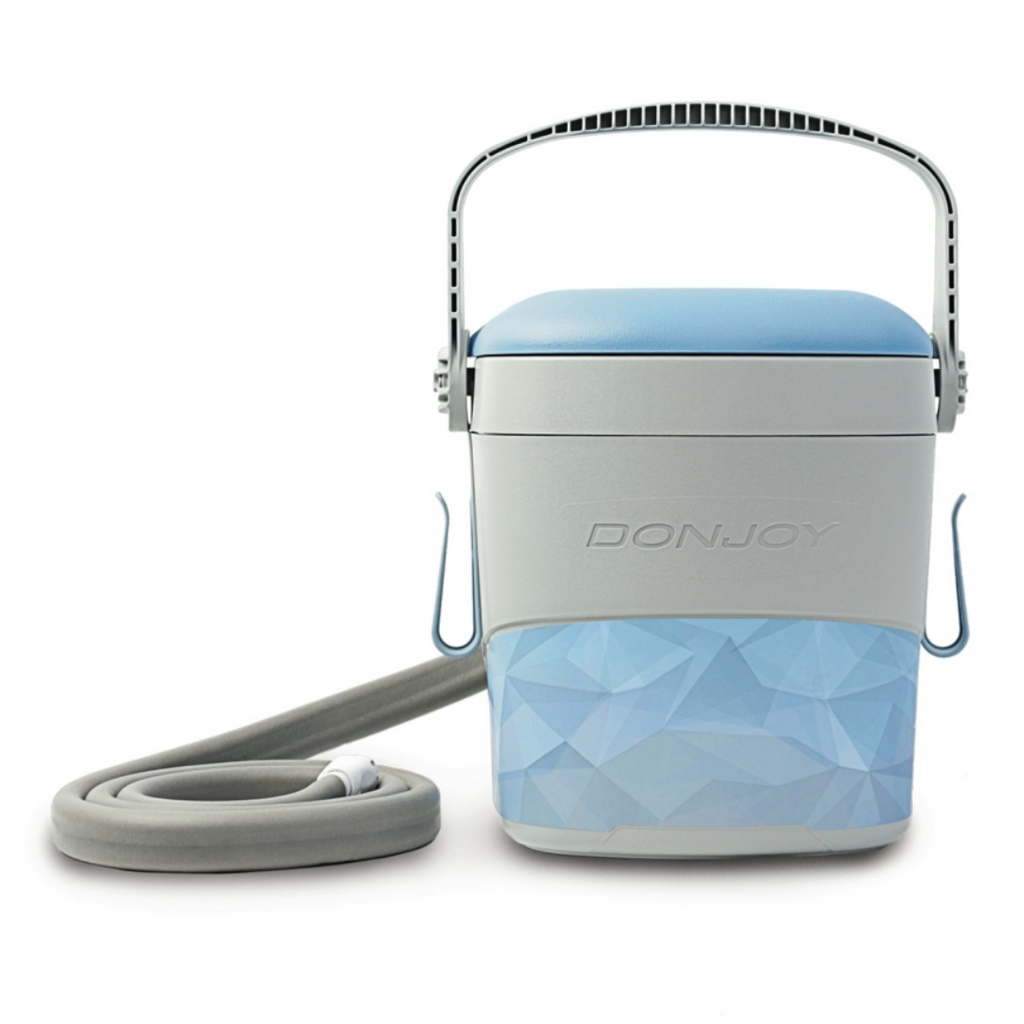Pain management
Everyone feels some kind of pain from time to time. Pain is the most common symptom of potentially thousands of injuries, diseases, disorders, and conditions you can experience in your lifetime. It can also result from treatments for conditions and diseases. Pain can last a short time and go away when you heal (acute pain). Or it can also last for months or years (chronic pain).
What is pain management?
Pain management specialists help you regulate pain with medications, procedures, exercises, and therapy. To reduce or relieve pain, your provider may recommend one approach or a combination of several. You may receive care in a pain clinic, provider’s office, or hospital.
Following an injury, you’ve probably been advised to use ice, heat, or both. Depending on the injury, both hot and cold therapies offer advantages to aid pain relief. How do you know which one is best for you? The suggestions below can help you decide.
COLD THERAPY
- Use cold to aid acute pain and new
injuries that are swollen and inflamed, such as sprains and recent tissue damage. Apply cold to the injured area. - For chronic tissue injuries, apply cold followed by compression after a
workout.
injuries that are swollen and inflamed, such as sprains and recent tissue damage. Apply cold to the injured area.
workout.
After surgery, cold therapy may be an
alternative to prescription opioids to help reduce pain, swelling, edema, and muscle spasms, as well as improve range of motion
HEAT THERAPY
Heat may be better for chronic pain, muscle spasms, joint pain, or an injury more than 24 to 48 hours old. Heat stimulates blood flow and helps relax tight muscles.
Heat may be better for chronic pain, muscle spasms, joint pain, or an injury more than 24 to 48 hours old. Heat stimulates blood flow and helps relax tight muscles.
After surgery, cold therapy may be an
alternative to prescription opioids to help reduce pain, swelling, edema, and muscle spasms, as well as improve range of motion
COMBINATION THERAPY
A combination of heat and cold can be used after a recent injury to help keep swelling down and increase circulation.
For muscle tears or strains, start with ice and move on to heat when the inflammation has reduced.
Apply ice or heat for no longer than 10-20 minutes at a time.
A combination of heat and cold can be used after a recent injury to help keep swelling down and increase circulation.
For muscle tears or strains, start with ice and move on to heat when the inflammation has reduced.
Apply ice or heat for no longer than 10-20 minutes at a time.
BENEFITS OF COMBINED COLD & COMPRESSION THERAPY
- Significantly helps reduce postoperative pain scores after TKA, ACL reconstruction, and wrist arthroscopy.
- Showed a significant decrease in VAS and decreased use of pain medication when compared to conventional icepacks aiding post-operative arthroscopic procedures.
- After ACL reconstruction, showed improved ROM immediately, decreased VAS, and decreased edema.
- Cold therapy is an affordable, easy-touse, and effective treatment to aid in pain management.
GAME READY
Game Ready systems use patented intermittent pneumatic compression to help eliminate edema, stimulate the flow of oxygenated blood, and improve the delivery of cold and heat therapies.
ACTIVE CRYOTHERAPY
INTERMITTENT COMPRESSION

CIRCUMFERENTIAL COVERAGE
FASTER AND DEEPER COOLING
What are the advantages of pain management?
Other pain management solutions:
Transcutaneous electrical nerve stimulation (TENS) is a method of pain relief involving the use of a mild electrical current.
Our top products for pain management

DonJoy Iceman cold therapy system

CryoCuff Pads

AirCast Cryo cuff cooler

Compex SP 2.0 muscle stimulator

Biofreeze Professional Pain Relief Gel
PROGRAMS FOR OUR
CUSTOMERS
KANATA
BARRHAVEN
DOWNTOWN
DOWNTOWN










